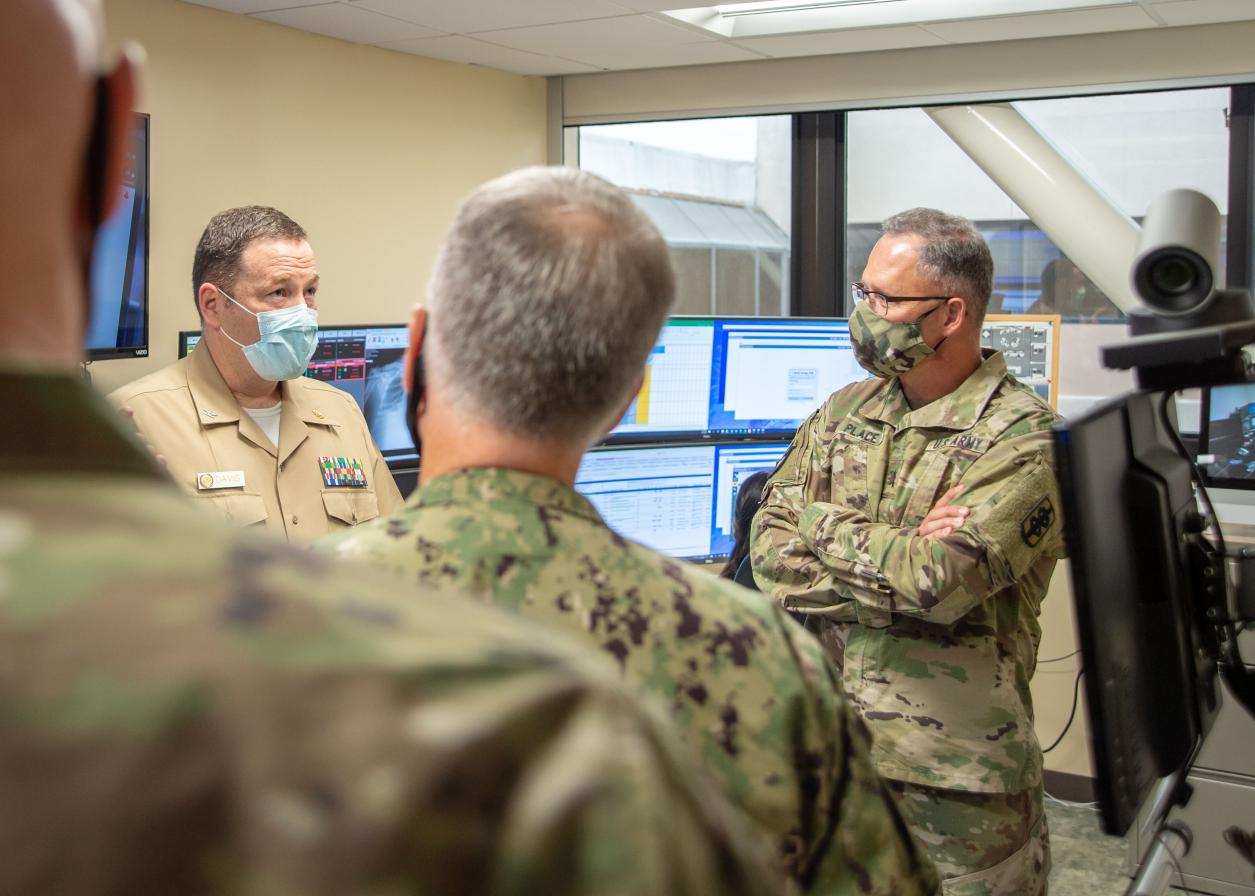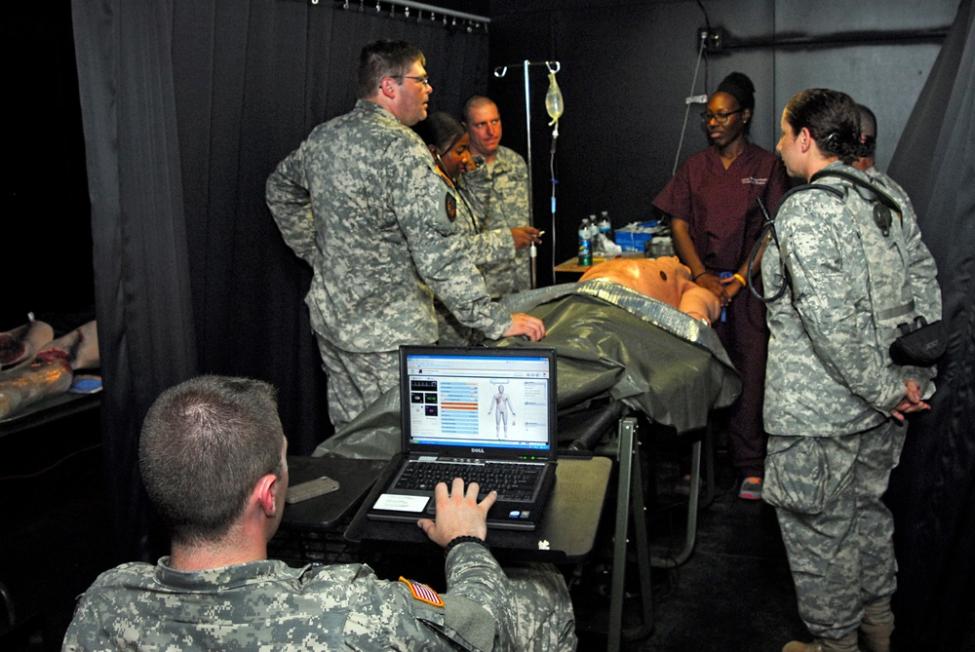Harnessing the Command Prompt: A Guide to Automating Tasks in Healthcare
The healthcare industry is constantly evolving, and with it, the need for efficient and streamlined processes. The command prompt is a powerful tool that can be used to automate many tasks in healthcare, saving time and resources. This article will provide a comprehensive guide to using the command prompt to automate tasks in healthcare.

I. Understanding The Command Prompt:
What Is The Command Prompt?
The command prompt is a text-based interface that allows users to interact with the operating system and perform various tasks. It is a powerful tool that can be used to automate many tasks, including those in healthcare.
How Does The Command Prompt Work?
The command prompt works by accepting commands from the user and executing them. Commands are typically entered in the form of a command followed by one or more arguments. For example, the command "dir" can be used to list the files in the current directory.
Basic Commands And Their Functions.
- dir: Lists the files and folders in the current directory.
- cd: Changes the current directory.
- copy: Copies files from one location to another.
- move: Moves files from one location to another.
- rename: Renames a file or folder.
- delete: Deletes a file or folder.
II. Automating Tasks With The Command Prompt:
Common Tasks That Can Be Automated With The Command Prompt.
- Backing up data: The command prompt can be used to create automated backups of important data.
- Sending reports: The command prompt can be used to generate and send reports on a regular basis.
- Managing files: The command prompt can be used to automate tasks such as copying, moving, renaming, and deleting files.
- Running applications: The command prompt can be used to launch applications and perform various tasks.
- Scheduling tasks: The command prompt can be used to schedule tasks to run at specific times or intervals.
Step-by-step Instructions For Automating Tasks.
- Identify the task that you want to automate.
- Write a batch file that contains the commands that you want to automate.
- Save the batch file with a .bat extension.
- Schedule the batch file to run at the desired time or interval.
Examples Of Automated Tasks In Healthcare.
- Automating patient registration: The command prompt can be used to automate the process of registering new patients.
- Automating appointment scheduling: The command prompt can be used to automate the process of scheduling appointments.
- Automating medication management: The command prompt can be used to automate the process of managing patient medications.
- Automating insurance claims processing: The command prompt can be used to automate the process of processing insurance claims.
- Automating data analysis: The command prompt can be used to automate the process of analyzing data.
III. Benefits Of Automating Tasks With The Command Prompt:
Improved Efficiency And Productivity.
Automating tasks with the command prompt can help to improve efficiency and productivity by reducing the amount of time that is spent on repetitive tasks.
Reduced Costs And Errors.

Automating tasks with the command prompt can help to reduce costs and errors by eliminating the need for manual data entry and other error-prone tasks.
Enhanced Data Security And Compliance.
Automating tasks with the command prompt can help to enhance data security and compliance by ensuring that data is handled in a consistent and secure manner.
Increased Patient Satisfaction.

Automating tasks with the command prompt can help to increase patient satisfaction by reducing wait times and improving the overall quality of care.
IV. Challenges And Considerations:
Technical Expertise And Training Requirements.
Automating tasks with the command prompt requires some technical expertise and training. Healthcare organizations may need to invest in training their staff in order to use the command prompt effectively.
Potential Security Risks And Vulnerabilities.
Automating tasks with the command prompt can introduce potential security risks and vulnerabilities. Healthcare organizations need to implement appropriate security measures to protect sensitive data.
Ensuring Compatibility With Existing Systems.
Automating tasks with the command prompt may require modifications to existing systems. Healthcare organizations need to ensure that automated tasks are compatible with their existing systems.
V. Best Practices For Automating Tasks With The Command Prompt:
Use Descriptive And Meaningful Command Names.
When creating batch files, use descriptive and meaningful command names that are easy to understand. This will make it easier to maintain and troubleshoot automated tasks.
Document And Maintain Automated Scripts.
It is important to document and maintain automated scripts. This will help to ensure that automated tasks are running as expected and that they are easy to troubleshoot if problems arise.
Test And Validate Automated Scripts Thoroughly.
Before deploying automated scripts, it is important to test and validate them thoroughly. This will help to ensure that automated tasks are working properly and that they are not causing any problems.
Implement Security Measures To Protect Sensitive Data.
When automating tasks with the command prompt, it is important to implement appropriate security measures to protect sensitive data. This may include using encryption, strong passwords, and firewalls.
The command prompt is a powerful tool that can be used to automate many tasks in healthcare, leading to improved efficiency, reduced costs, and enhanced patient satisfaction. By following the best practices outlined in this article, healthcare organizations can harness the power of the command prompt to streamline their operations and achieve better outcomes.
YesNo

Leave a Reply